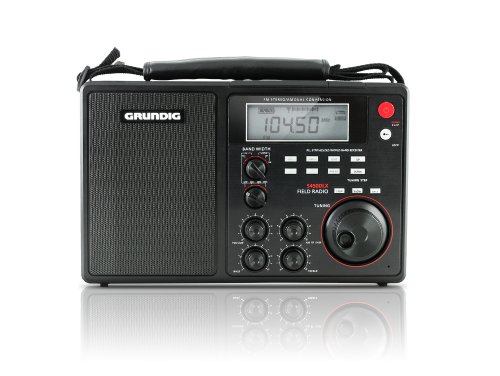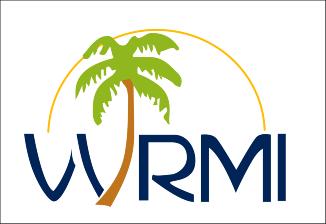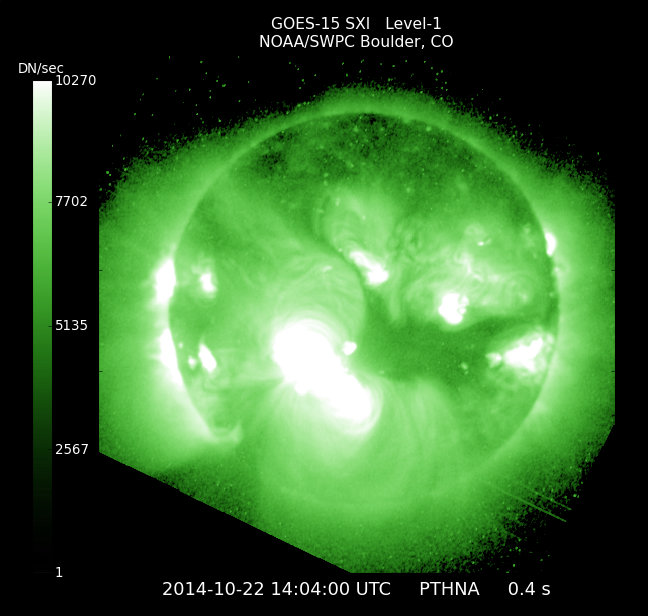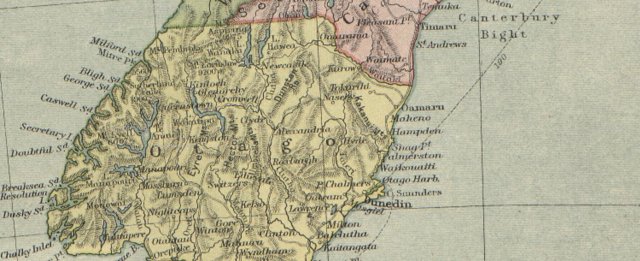
This is one of the most exciting developments I’ve seen in international broadcasting in ages: an around-the-clock, fixed-frequency, commercial shortwave radio broadcaster, transmitting via WRMI.
The new Global24 will begin broadcasting on Friday, October 31, 2014 at 7:00 PM EDT (2300 UTC November 1st) on 9395 kHz.
Below, you’ll find Global24’s first press release:
(Source: Global24Radio.com)
(Hollywood, FL) Oct. 21, 2014 – Global 24 Radio LLC announced today that its inaugural broadcast will go live at 7:00 p.m., Friday, Oct. 31 (0000 UTC November 1), with a line-up of new and well-known programs and around-the-clock English language programming. The broadcast can be heard 24 hours a day, 7 days a week on 9395 kHz on WRMI broadcasting from Okeechobee, Florida.
“We’re very excited about launching Global 24 and the important contributions it will make to shortwave radio listening – as both a medium worth preserving and a vital part of the modern media mix for so many listeners around the world,” said Phil Workman, general manager of Global 24. “Our broadcast will appeal to dedicated shortwave listeners (SWL) all over the world looking for breaking news, opinion and music.”
Global 24 aims to revitalize the shortwave medium by bringing general interest news and entertainment into sharper focus for listeners looking for high quality programming on a daily basis. Regular listeners will be informed, entertained and engaged in an ever more complex world.
According to Jeff White, general manager of WRMI, “Global 24 represents another step in the long overdue commercialization of shortwave radio. We are excited to be working with them on their ambitious program to engage and entertain a global audience.”
Additional press releases in coming days will announce our broadcast schedule, our Listeners’ Club, contests, sponsors, our web store, staff and much more. Follow us on Twitter at @Global24Radio or on Facebook at https://www.facebook.com/global24radio. Visit our website: http://www.global24radio.com to join our email newsletter for the most current updates.
I’m in contact with Global24 and will continue to post updates as they become available.
Simply follow the tag: Global24







